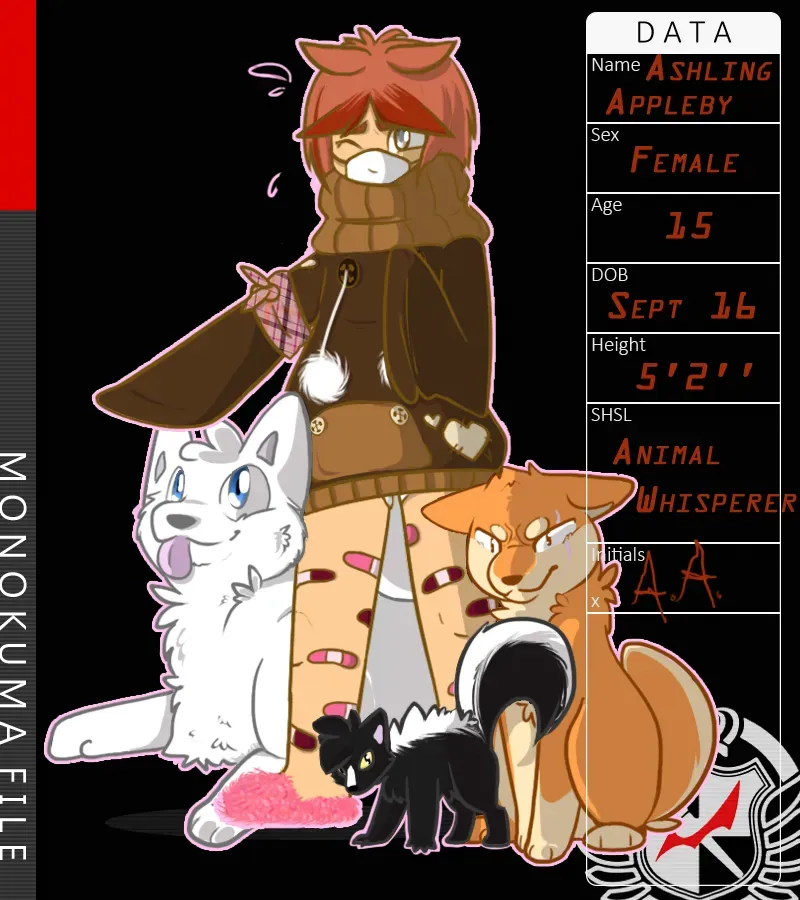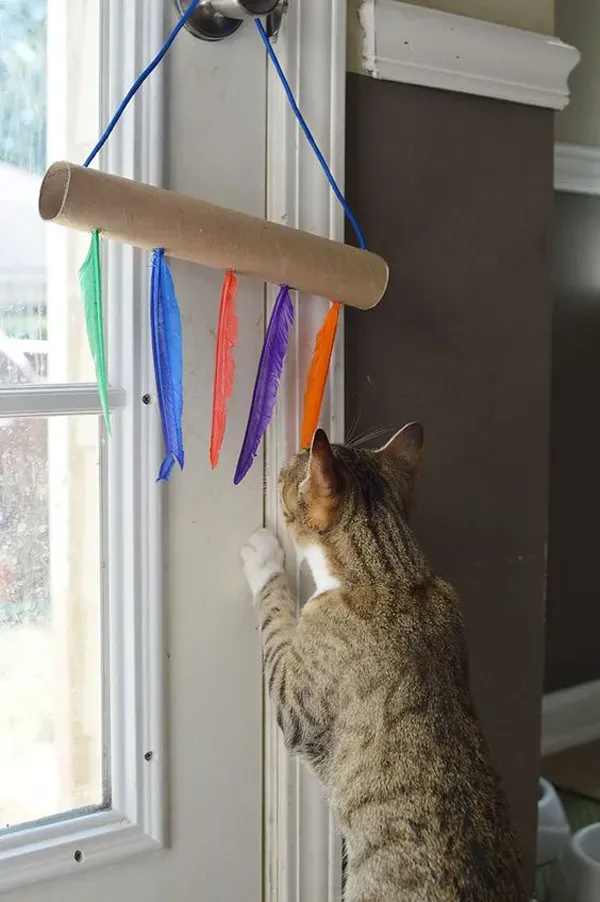Table of Contents
Let's be honest, your cat probably has more toys than you have socks. And just like those socks that disappear into the dryer abyss, half those pricey catnip-filled mice and feathered wands end up ignored under the sofa. It feels like you shelled out good money for five minutes of excitement, tops. But what if you could tap into your inner craft guru and make something your feline overlord actually *wants* to play with, using stuff you're probably just throwing away? That's wherediy cat toys with cardboardcome in. We're talking about turning those Amazon boxes and paper towel tubes into entertainment central. It's cheap, it's sustainable, and frankly, it's a little bit satisfying to build something with your own two hands (or at least, guide the scissors). Forget complicated instructions and fancy tools. We're going to look at why simple cardboard creations hit the mark, dive into some actual ideas that go beyond just a plain box, and even touch on turning that recycling pile into larger play structures. Ready to give your cat something new to bat around?
Why DIY Cat Toys with Cardboard? Simple Fun, Big Impact

Why DIY Cat Toys with Cardboard? Simple Fun, Big Impact
The Price is Right (It's Free)
Look, buying cat toys adds up. A fancy feathered wand here, a crinkly tunnel there, and suddenly you've spent fifty bucks on stuff your cat might ignore after ten minutes. Cardboard, on the other hand? It's everywhere. Every online order, every trip to the grocery store comes with a free supply of potential cat entertainment. We're talking zero dollars for the raw materials. You might need a bit of tape or glue you already have lying around, maybe a utility knife, but the core ingredient is literally trash. It feels good to repurpose something, knowing you're not just adding to a landfill but creating joy for your furry roommate.
Cats Just Get Cardboard
There's something about cardboard that cats find irresistible. Maybe it's the texture for scratching, the way it holds scent, or the simple fact that it can be easily manipulated. They chew it, they hide in it, they bat at it. It speaks to their primal instincts in a way that maybe that expensive electronic mouse just doesn't. Plus, making these toys yourself means you can tailor them to your specific cat's quirks. Got a shredder? Build a scratcher fort. Have a hider? Make a maze box. It's not about perfection; it's about providing stimulating, destructible fun.
- Zero cost for primary material.
- Utilizes readily available household waste.
- Appeals strongly to cats' natural instincts.
- Allows for customization to individual cats.
- Reduces environmental impact by repurposing.
Creative DIY Cat Toys with Cardboard Ideas for Every Feline

Creative DIY Cat Toys with Cardboard Ideas for Every Feline
Simple Batting & Chewing Fun
Alright, let's get to the good stuff. You've got boxes, you've got tubes. What now? The simplest things often work best. A plain cardboard tube from paper towels or toilet paper is a classic for a reason. Cats love batting them around, chasing them across the floor. You can make it more interesting by cutting small holes in it and hiding treats inside, turning it into a mini puzzle toy. Another easy win is taking a small box, cutting a few different-sized holes in the sides, and tossing in some crumpled paper or lightweight balls. It becomes a "whack-a-mole" style game where they can reach in and swat at things. It's minimal effort, maximum potential for goofy cat antics.
Interactive Puzzle & Scratcher Creations
Ready to step it up a notch? You can build more engaging structures. Layering flat pieces of cardboard together creates a fantastic scratching surface. Cut circles or squares from corrugated cardboard and glue or tape them tightly together inside a box frame. This gives them something satisfying to sink their claws into, saving your furniture. For the brainy cats, consider a food puzzle. Take a shallow box, glue cardboard tubes upright inside it, spaced randomly. Sprinkle kibble or treats into the box, forcing your cat to work around the tubes to get their meal. It slows down fast eaters and provides mental stimulation.
- Cardboard tubes: Simple roll, treat dispenser (cut holes).
- Small box with holes: Whack-a-mole style play.
- Layered cardboard: DIY scratch pad.
- Box with tubes: Food puzzle/slow feeder.
- Cardboard scraps: Crinkle balls or batting toys.
Building Your DIY Cat Toys with Cardboard: Tips and Tricks

Building Your DIY Cat Toys with Cardboard: Tips and Tricks
Getting Started: Tools & Safety First
Alright, so you've gathered your cardboard stash – everything from cereal boxes to those behemoth TV boxes. Now, before you just start hacking away, let's talk tools. You're going to need something sharp to cut through that cardboard. A good utility knife is your best friend here. Make sure it's got a fresh blade; trying to saw through thick cardboard with a dull one is a recipe for frustration and potentially crooked cuts. Always cut on a protected surface, like a self-healing mat or a scrap piece of wood you don't care about. And seriously, keep your fingers clear. We're building cat toys, not performing impromptu surgery. Hot glue guns work great for quick assembly, but tape – sturdy packing tape or even duct tape – is often less messy and just as effective for holding things together. Think about the cat chewing on it; tape is probably safer than dried hot glue blobs.
- Use a sharp utility knife for clean cuts.
- Always cut on a protected surface.
- Keep fingers away from the blade path.
- Consider sturdy tape (packing, duct) as an alternative to glue.
- Ensure all edges are taped or smoothed down to avoid sharp points.
Beyond the Toy: Making Cardboard Play Zones and More

Beyond the Toy: Making Cardboard Play Zones and More
Building Forts and Tunnels
so we've covered the smaller stuff – the bats, the chews, the puzzles. But why stop there? If you've got a really big box, or several mid-sized ones, you can start thinking bigger. We're talking cat castles, multi-room forts, or even simple tunnels. My cat, Mittens, once spent three glorious weeks living primarily inside a refrigerator box I cut some holes in. She'd launch surprise attacks from the doorway and drag her smaller toys inside. It doesn't have to be architecturally complex. Cut some entry and exit points, maybe stack a smaller box on top for a second level lookout, securing it well with tape. Connect a couple of boxes with a cardboard tube tunnel. It turns a corner of your room into a temporary adventure zone, giving your cat vertical space and hiding spots, which they absolutely love.
Cardboard Capers: The Final Word
So there you have it. Before you toss that next box, think about the possibilities. Makingdiy cat toys with cardboardisn't about crafting some museum-worthy piece; it's about providing your cat with a bit of novelty and fun using materials you already have. It saves a few bucks, keeps some stuff out of the landfill for a little while longer, and might just earn you a moment of peace while your cat is busy batting a toilet paper roll around. They don't need fancy; they just need something interesting to interact with. Sometimes, the simplest things really are the best, especially when they involve a cardboard box.